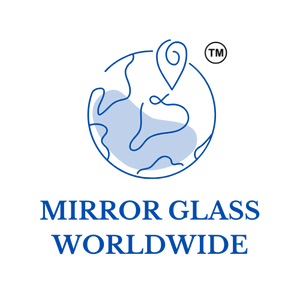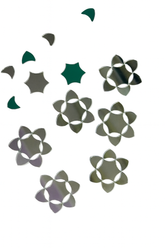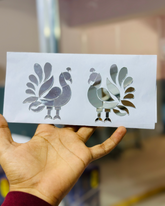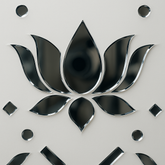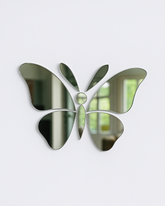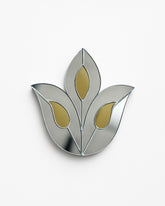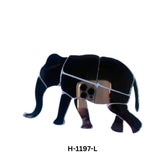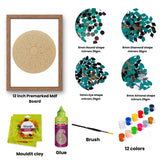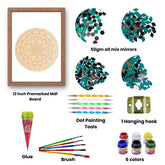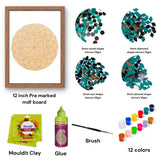Mud Mirror Art: The Origin of Lippan Art Also Known as Mud Mirror Art
Mud mirror art, also known as Lippan art, is a traditional craft from the Kutch region of Gujarat, India. This unique art form, which combines the earthy texture of clay with the reflective beauty of mirrors, has been practiced by the local communities for centuries. In this blog, we will explore the rich history and cultural significance of mud mirror art, as well as its techniques and modern-day applications.
The Origins of Lippan Art
Lippan art has its roots deeply embedded in the rural communities of Kutch. Traditionally, this art form was used to decorate the interiors of Bhungas, the mud huts of the Rabari community, as well as other local tribes. The word "Lippan" means to apply, and this technique involves applying a mixture of clay and camel dung onto walls to create intricate patterns adorned with small mirrors.
Cultural Significance of Mud Mirror Art
Mud mirror art is not just a decorative craft but also holds cultural and social significance. The designs often reflect the lifestyle, beliefs, and folklore of the Kutch communities. The art form serves as a way to preserve and celebrate their cultural heritage, with patterns and motifs passed down through generations. Each piece of Lippan art is unique, telling a story of the artist and their surroundings.
Techniques and Materials Used in Lippan Art
Clay and Camel Dung: A paste made from clay and camel dung is used as the base material. This mixture is adhesive and durable, perfect for creating raised patterns on walls.
Mirrors: Small, hand-cut mirrors are embedded into the wet clay to add sparkle and dimension to the designs.
Tools: Simple tools such as sticks and fingers are used to shape and carve the patterns.
The process begins by preparing the surface with the clay-dung mixture. The artist then meticulously applies the mixture onto the wall, creating intricate designs. Mirrors are carefully placed into the wet clay, and the piece is left to dry naturally.
Modern Applications of Mud Mirror Art
While traditionally confined to the walls of Bhungas, Lippan art has found a place in contemporary decor. Today, artisans create Lippan art on wooden panels, canvases, and other portable surfaces, making it accessible to a wider audience. This modern adaptation allows Lippan art to be used in various interior design applications, such as:
Wall Panels: Decorative panels that can be hung as statement pieces in homes or offices.
Furniture Accents: Incorporating Lippan designs into furniture such as cabinets, tables, and headboards.
Home Decor: Smaller items like mirrors, photo frames, and coasters adorned with Lippan patterns.
Preserving and Promoting Lippan Art
Efforts are being made to preserve and promote this beautiful art form. Workshops and training programs are conducted to teach the younger generation the skills and techniques of Lippan art. Additionally, online platforms and exhibitions help showcase the work of artisans, providing them with a broader market for their crafts.
Final Thoughts
Mud mirror art, or Lippan art, is a testament to the rich cultural heritage of the Kutch region. Its unique combination of clay and mirrors creates stunning visual effects that continue to captivate art enthusiasts worldwide. By embracing both traditional and modern applications, Lippan art remains a vibrant and cherished craft, bridging the past and present. Explore the world of Lippan art and bring a touch of traditional elegance to your home decor.
